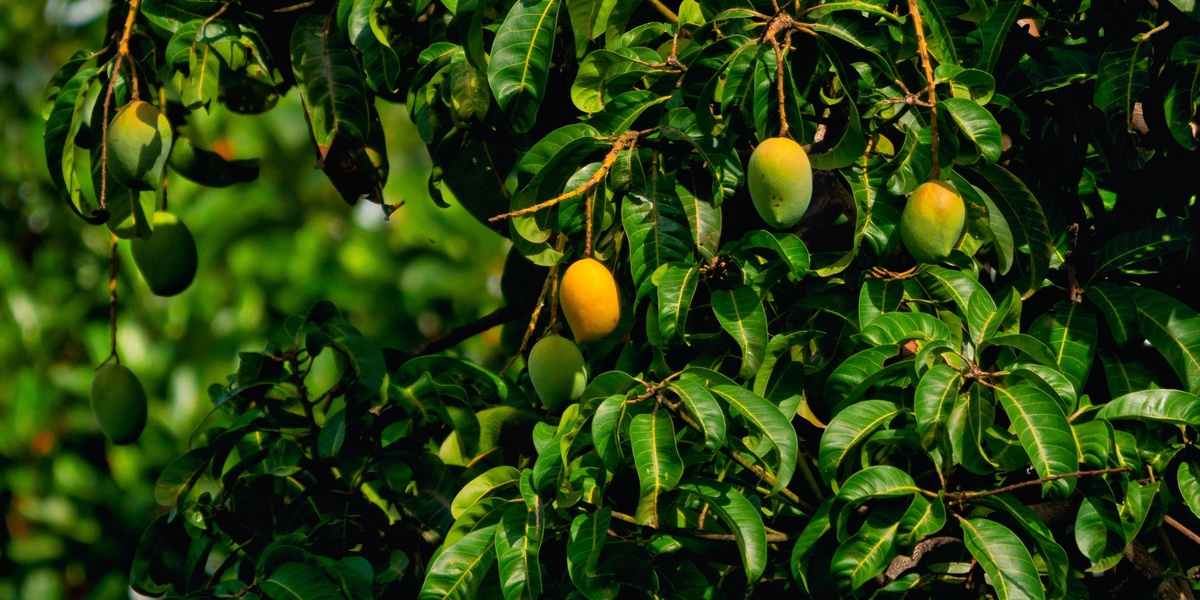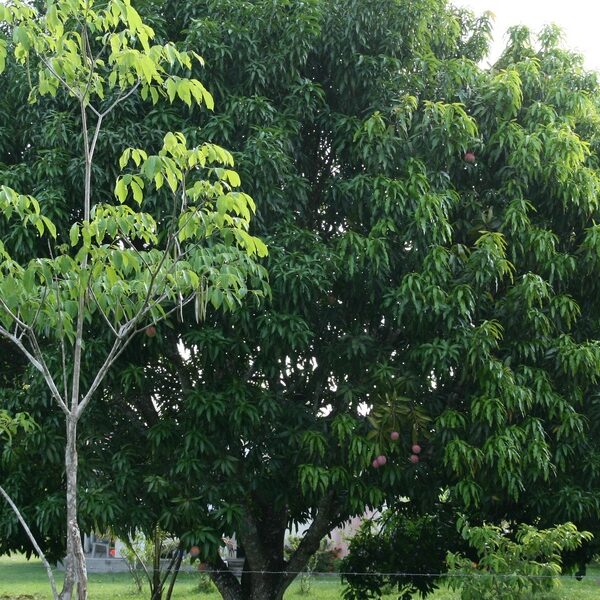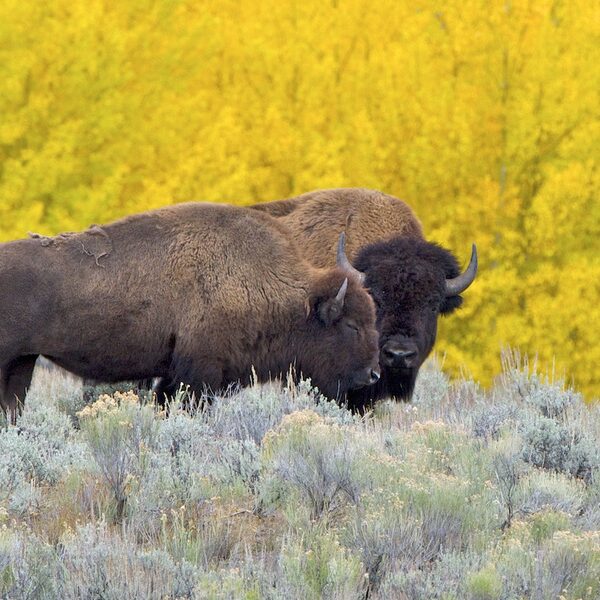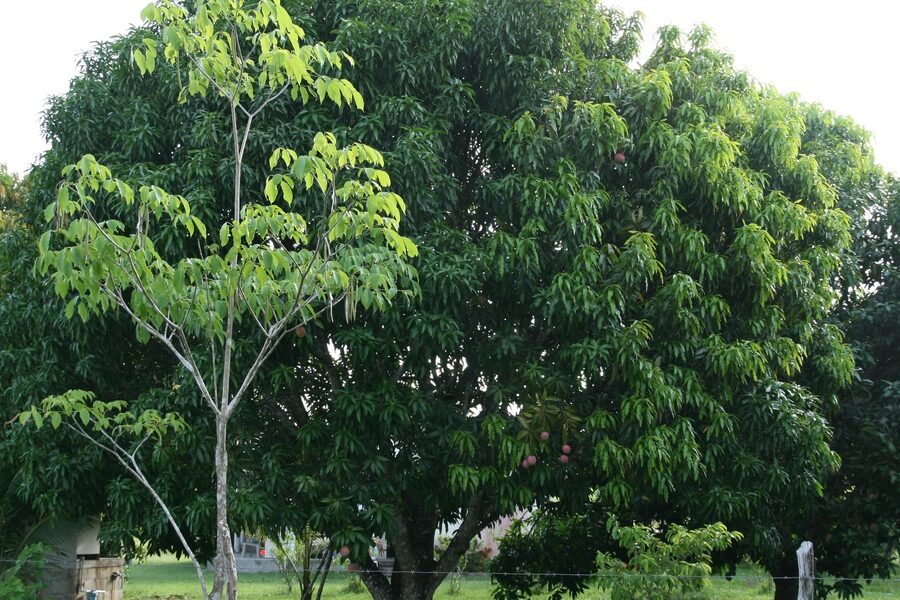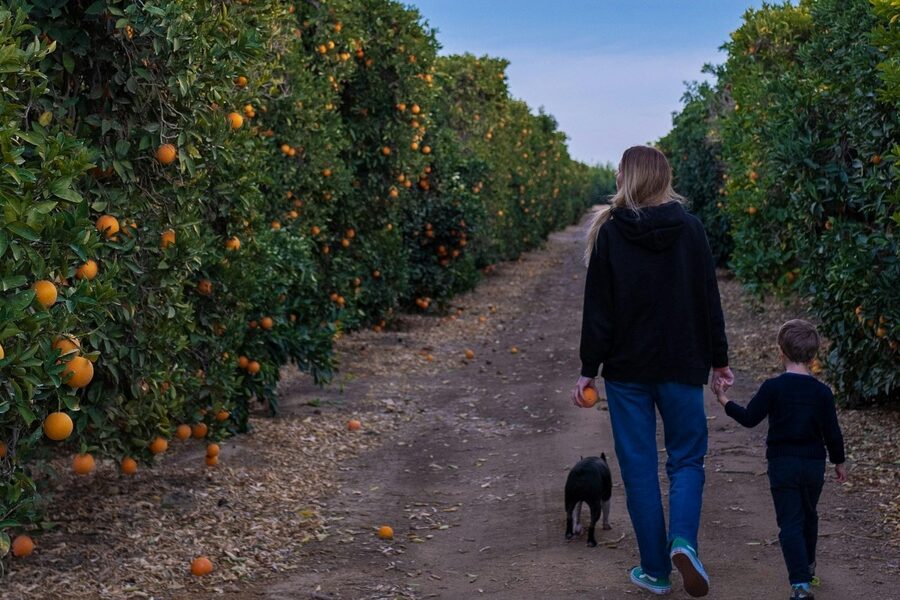Burundi’s landscape is a patchwork of highlands and valleys where smallholder farms and local markets shape daily life. The country’s tropical climate and rainy seasons support a variety of fruit trees and seasonal harvests that feed communities and appear in roadside stalls.
There are 23 Fruits of Burundi, ranging from Avocado to Watermelon. Each entry is organized with Scientific name, Avg weight (g), Where found, and Common uses, which you’ll find below.
Which fruits should I try first when visiting Burundi?
Start with what locals eat often: bananas, papaya, mango, and avocado are widely available and good introductions to local flavors. Visit market stalls to taste ripe fruit by the kilo; vendors will usually point out the sweetest picks and how they’re used fresh or in simple dishes.
Can I grow or buy these fruits outside Burundi?
Many of the species are tropical and do well in similar climates; check local nurseries for varieties adapted to your region. If you can’t grow them, look for imported options in specialty markets or try recipes that use common substitutes—mango or papaya can often stand in when a specific local variety isn’t available.
Fruits of Burundi
| Name | Scientific name | Avg weight (g) | Where found | Common uses |
|---|---|---|---|---|
| Banana (Matoke) | Musa acuminata | 120 | Cultivated: widespread low-to-mid altitudes | Eaten fresh, fried, beer, porridge |
| Plantain | Musa × paradisiaca | 300 | Cultivated: central highlands and smallholdings | Boiled, fried, roasted, savory stews |
| Mango | Mangifera indica | 350 | Cultivated/wild: lowland and lakeshore areas | Eaten fresh, juices, chutneys, drying |
| Avocado | Persea americana | 250 | Cultivated: mid-altitude farms and home gardens | Eaten fresh, salads, sauces, oil |
| Papaya (Pawpaw) | Carica papaya | 900 | Cultivated: homesteads, lowland gardens | Eaten fresh, smoothies, ripe salads, seeds culinary |
| Passionfruit | Passiflora edulis | 40 | Cultivated: highland gardens, small farms | Juices, desserts, fresh, flavoring |
| Pineapple | Ananas comosus | 1,200 | Cultivated: lowland plots and smallholders | Eaten fresh, juiced, canning, desserts |
| Orange | Citrus sinensis | 150 | Cultivated: plateaus and lakeshore farms | Eaten fresh, juice, flavoring, zests |
| Mandarin (Tangerine) | Citrus reticulata | 100 | Cultivated: homesteads, orchards near lakes | Eaten fresh, juice, marmalade |
| Lemon | Citrus limon | 60 | Cultivated: gardens, small orchards | Flavoring, drinks, marinades, medicine |
| Lime | Citrus aurantiifolia | 40 | Cultivated/wild: garden trees, market sellers | Seasoning, drinks, pickles, cleaners |
| Guava | Psidium guajava | 150 | Cultivated/wild: lowland gardens and hedges | Eaten fresh, juices, jams, sauces |
| Watermelon | Citrullus lanatus | 5,000 | Cultivated: fields and market gardens | Eaten fresh, juices, desserts, seeds |
| Cantaloupe (Muskmelon) | Cucumis melo | 1,000 | Cultivated: smallholder gardens, fields | Eaten fresh, salads, desserts |
| Fig (Sycamore fig) | Ficus sycomorus | 30 | Wild/cultivated: riverbanks, villages | Eaten fresh, dried, fermented, animal feed |
| Tamarind | Tamarindus indica | 15 | Cultivated/wild: shade trees in villages | Flavoring, cooling drinks, preserves |
| Jujube (Indian jujube) | Ziziphus mauritiana | 25 | Naturalized/cultivated: dry lowlands, hedgerows | Eaten fresh, dried, preserves, snacks |
| Soursop (Graviola) | Annona muricata | 2,000 | Cultivated: homestead gardens, lowlands | Eaten fresh, juices, desserts, traditional medicine |
| Sugar apple (Sweetsop) | Annona squamosa | 200 | Cultivated: homesteads, warm gardens | Eaten fresh, desserts, snacks |
| Prickly pear (Cactus fruit) | Opuntia ficus-indica | 80 | Naturalized/cultivated: dry plots and hedges | Eaten fresh, jams, fodder, erosion control |
| Monkey orange | Strychnos spinosa | 150 | Wild: woodlands and savanna edges | Eaten fresh, sometimes fermented, local markets |
| Coffee cherry | Coffea arabica | 1 | Cultivated: highland coffee farms (central/north) | Processed for beans; pulp sometimes eaten or composted |
| Mulberry | Morus alba | 3 | Cultivated/wild: gardens, riverbanks, shade trees | Eaten fresh, jams, traditional uses |
Images and Descriptions
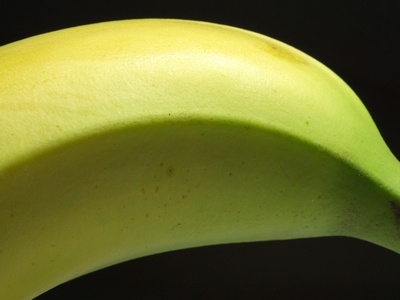
Banana (Matoke)
A year-round staple in Burundi, dessert bananas are small to medium and sweet. Available across regions with harvest peaks after rains. Commonly eaten raw, fried, mashed or fermented for local beer; important for household food security and markets.
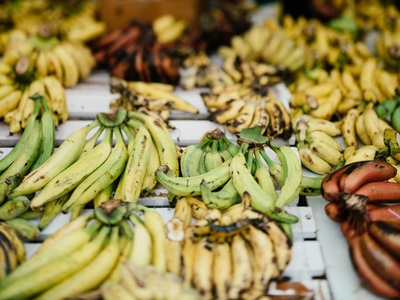
Plantain
Starchy plantains are a cooking staple, harvested throughout the year with seasonal peaks. Heavier and firmer than dessert bananas, they are boiled, fried or roasted and used as a side, snack or main carbohydrate in rural diets.
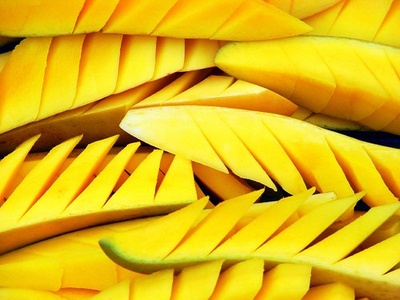
Mango
Mangoes ripen seasonally, producing abundant fruit in warm months. Popular in markets and home gardens, they range from small to large, sweet and aromatic. Used fresh, in juices, preserves, or dried; many local varieties grown across Burundi.
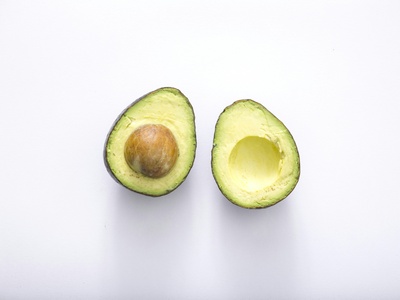
Avocado
Avocados are widely grown in Burundi’s mid-altitudes and commonly available most of the year with harvest peaks. Smooth, creamy flesh used in salads, spreads, sauces and occasionally pressed for local oil production; popular in household diets.
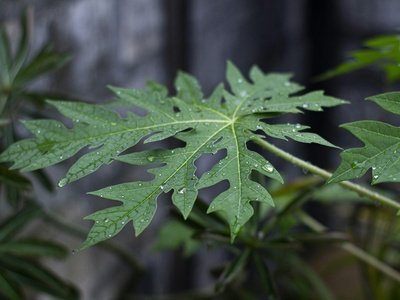
Papaya (Pawpaw)
Papaya trees fruit year-round, prized for sweet orange flesh. Found in household gardens and small farms near lakes and lowlands. Eaten fresh, added to smoothies, salads, and used young as a vegetable in stews; seeds are sometimes used as spice.
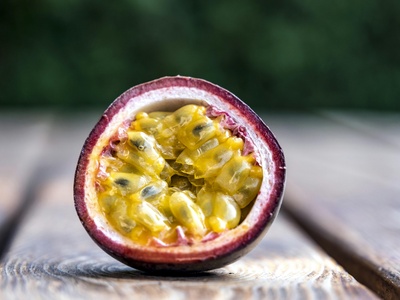
Passionfruit
Passionfruit vines are a common cash and kitchen crop, with seasonal peaks in warmer months. Small round fruits with tart, aromatic pulp used for fresh eating, juices, desserts and flavoring; often sold in local markets.
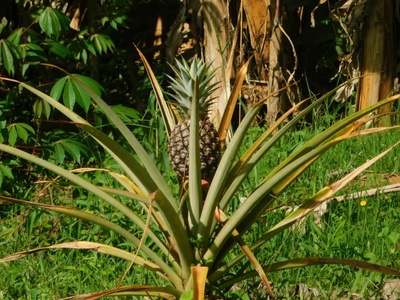
Pineapple
Pineapples are grown in warmer lowland areas; fruiting year-round with seasonal peaks. Large, sweet-sour fruits are eaten fresh, juiced or used in desserts and local processing. Often found in market stalls and roadside stands.
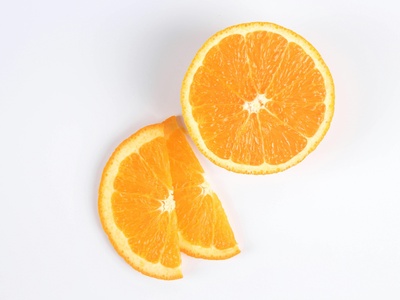
Orange
Sweet oranges are cultivated in many parts of Burundi and typically ripen in cooler months following rains. Widely sold fresh or juiced; zest and slices are used to flavor dishes and beverages in local cuisine.
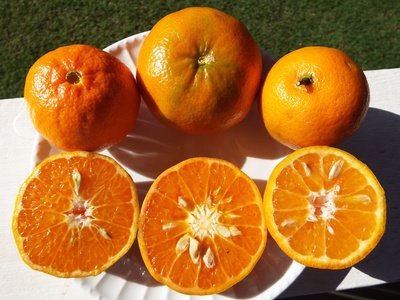
Mandarin (Tangerine)
Mandarins are small, sweet citrus common in home gardens and markets. Easy-peel fruits are eaten fresh, used for juice and preserves, with seasonal availability after rainy seasons and during cool months.
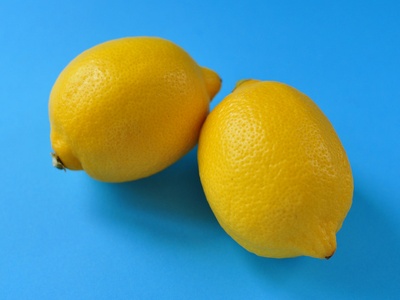
Lemon
Lemons are grown in household gardens and farms across Burundi. Small, acidic fruits used sparingly to flavor foods, prepare drinks, and in traditional remedies; harvests occur in discrete fruiting periods depending on the orchard.
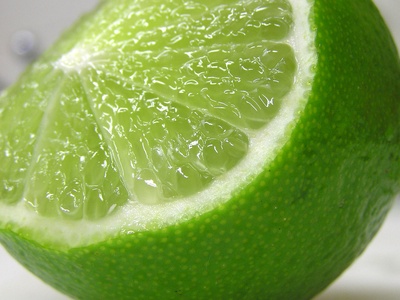
Lime
Limes are common in gardens and markets, used widely for seasoning, drinks and preserving. Small and aromatic, they are available in multiple short harvests throughout the year depending on local trees.
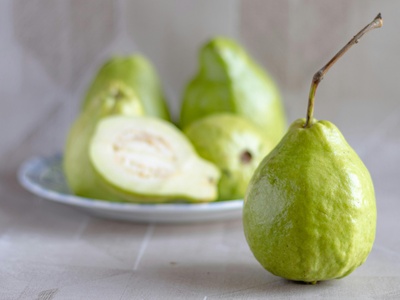
Guava
Guava grows well in Burundi and is often found in home gardens and along roads. Fragrant, seedy fruits are eaten fresh or processed into juices, jams and sauces; fruiting can be year-round with regional peaks.
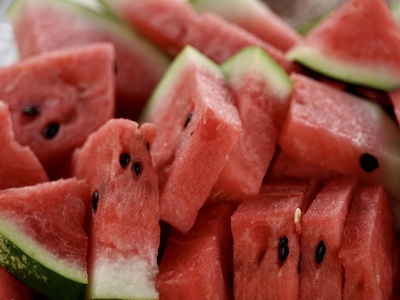
Watermelon
Watermelons are large, refreshing fruits grown in fields and sold in markets, especially during warm dry months. Typically heavy and juicy, they’re eaten fresh, as juice or chilled dessert, and sometimes seeds are roasted or eaten.
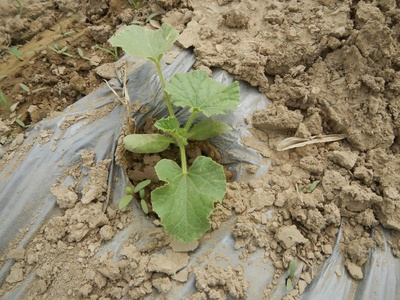
Cantaloupe (Muskmelon)
Cantaloupes are grown in warm plots and garden patches. Sweet, aromatic flesh is typically eaten fresh, in fruit salads, or as a dessert; availability peaks during warm seasons following rains.
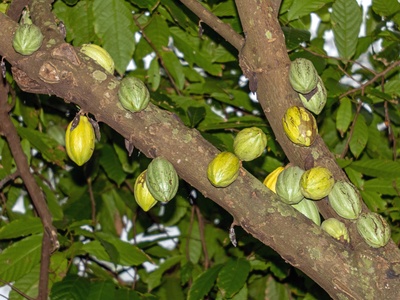
Fig (Sycamore fig)
Sycamore figs fruit in short seasonal flushes and are foraged wild or grown near homes. Small, sweet figs are eaten fresh or dried, sometimes fermented for local drinks; important forage for wildlife and livestock.
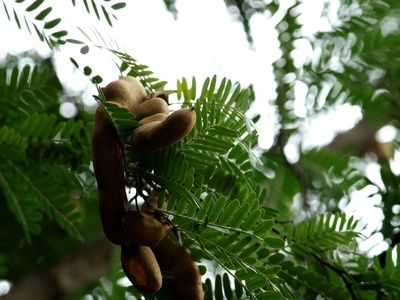
Tamarind
Tamarind trees dot villages and roadsides; sticky, tart pods are used to flavor sauces, drinks and preserves. Often available after the main dry season, tamarind pulp is a traditional souring agent in local cooking.
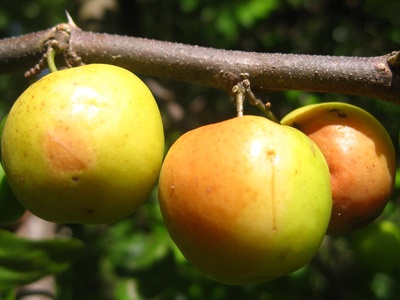
Jujube (Indian jujube)
Jujube trees are naturalized in drier lowland spots and gardens. Small, crunchy fruits are eaten fresh or dried and used in snacks and preserves; tolerant of dry conditions and valued in rural homesteads.
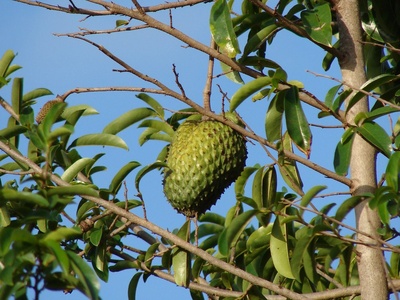
Soursop (Graviola)
Soursop yields large, spiky green fruits with soft, tangy flesh prized for fresh eating and juices. Grown mainly in home gardens near lakeshores and lowlands; used also in traditional remedies and sold locally when in season.
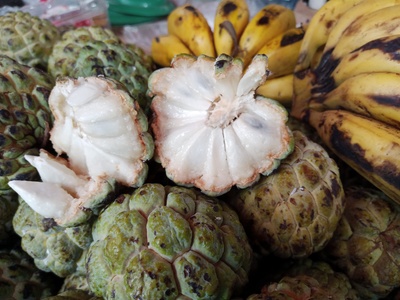
Sugar apple (Sweetsop)
Sugar apple trees are common in warm garden pockets; fruits are knobbly with sweet, creamy segments eaten fresh. Harvests occur seasonally and fruit is favored as a snack or dessert in local communities.
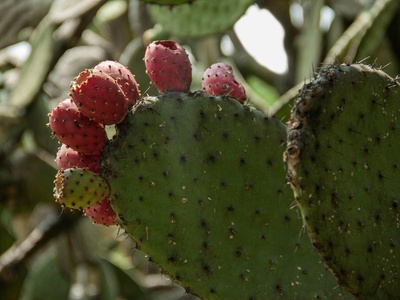
Prickly pear (Cactus fruit)
Prickly pear pads and fruits grow on naturalized cactus stands and farm hedges. Fruit is peeled and eaten fresh, made into jams, or used as fodder; valued for drought resilience and erosion control.
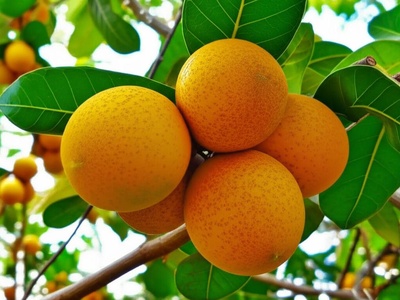
Monkey orange
Monkey orange is a wild fruit found in woodland fringes and foraged seasonally. Firm, sweet-sour pulp is eaten fresh or fermented; seeds are hard and the fruit is valued by foragers and sold occasionally.
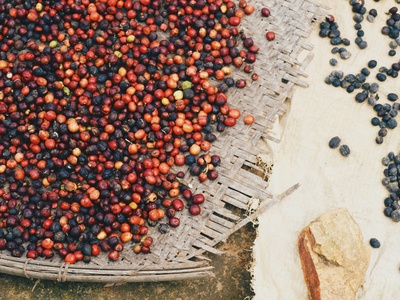
Coffee cherry
Coffee is Burundi’s signature crop; the red pulp (cherry) surrounds the bean and is technically edible but bitter. Cherries are harvested seasonally for bean processing; pulp is sometimes consumed fresh, fermented, or used as compost.
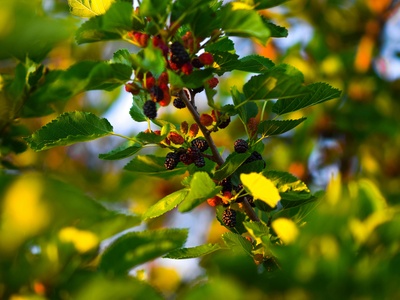
Mulberry
Mulberries appear in homestead gardens and along waterways, producing small sweet berries during short seasonal flushes. Eaten fresh or made into jams and preserves; birds and children favour these quick-ripe fruits.
